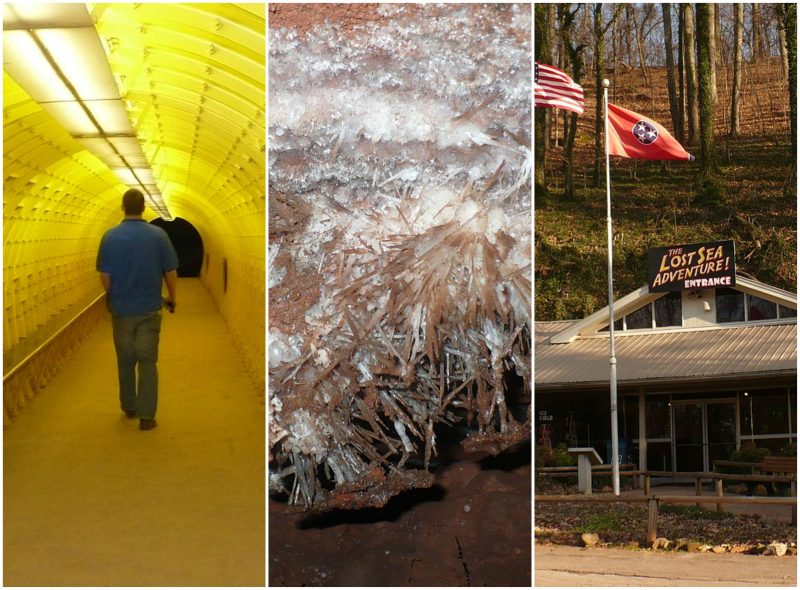It seems that simple child’s play discovered the vast caverns of Tennessee. Ben Sands, a 13-year-old boy that was playing in the cave in 1905, stumbled upon an opening and crawled through. What he discovered was a room that was so large, he was unable to see how far it stretched, so he threw mudballs to determine the size of the area.
The people back home didn’t believe his “childish story,” so he convinced his father to explore the cave together, but the water had risen, rendering the opening impassable.
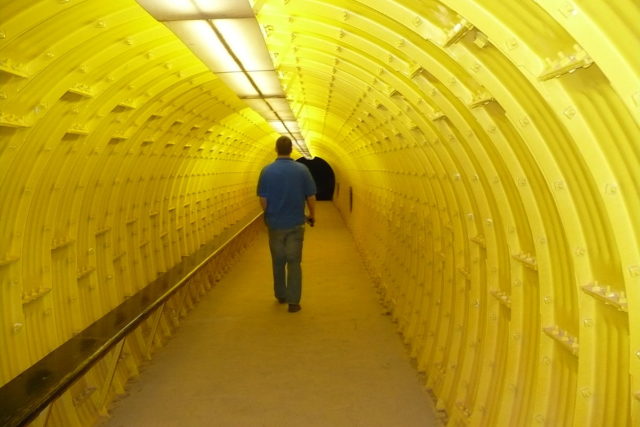
Located between Sweetwater and Madisonville, Tennessee, the Craighead Caverns are famous for The Lost Sea. The cave is adorned with a waterfall and
The cave is adorned with a waterfall and anthodites (crystal clusters that are known as “cave flowers”) and various stalactites and stalagmites. The caverns were named after a Cherokee Native American chief. Located in the foothills of the Great Smoky Mountains, they were used as a place of gathering by the Cherokee, since many Native American artifacts, jewelry, pottery, and weapons were found.
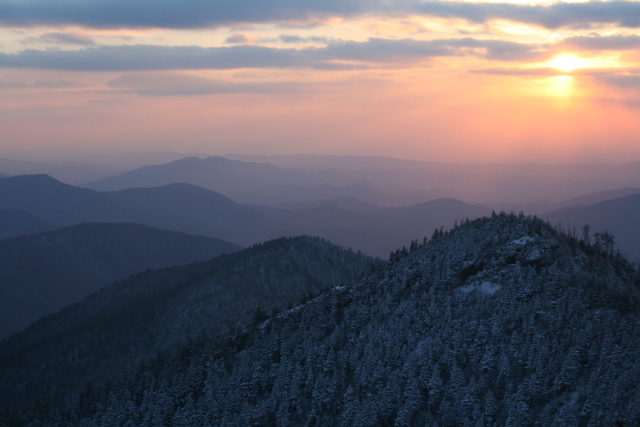
Later, it had been used as a Confederate mine for saltpeter, a resource necessary for making gunpowder. Sources report an intriguing story about a Union soldier who was assigned to sabotage the Confederate mining operation. He was caught and killed near the gum tree at the entrance of the cave.
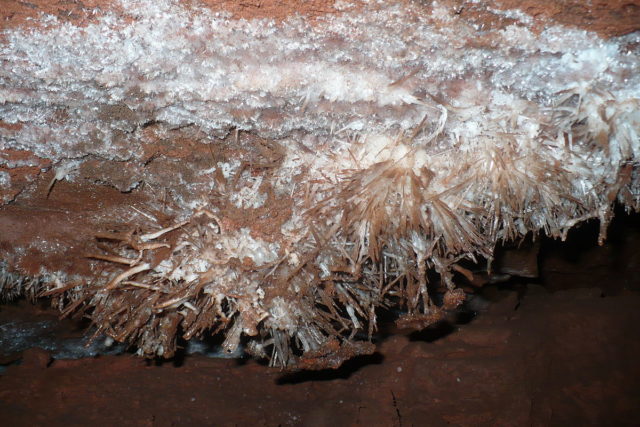
During the 1800s, the cave was used for food storage as well, because of the convenient underground temperature of 14 degrees Celsius. Moonshiners also took advantage of the caverns for clandestine operations of making alcoholic beverages, and one of the large areas was even used for cockfights and as a dance hall in 1915.
The bony remains of a Pleistocene jaguar (a feline from a geological epoch which lasted from about 2,588,000 to 11,700 years ago) were found in 1939, by a group of explorers named Jack Kyker and Clarence Hicks. Their find was reported to Dr. W. J. Cameron and W. E. Michael, the then current owners of the cave, and the discovery was quickly submitted to the American Museum of Natural History in New York City.
A famous paleontologist, G. G. Simpson, visited the Craighead Caverns in May 1940, and he recovered additional jaguar bones and made casts of several jaguar footprints on the mud floor of the cave. His excavation and findings are reported in American Museum Novitates and the report contains photographs of the bones and footprints.
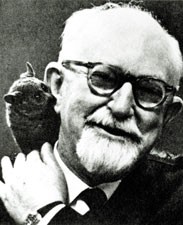
The visible surface of the lake measures 800 feet (240 m) long and 220 feet (67 m) wide. It is 4.5 acres at normal “full” capacity, but not even modern technology is capable of precisely assessing the vast reaches of the lake. An exploration that was conducted in the 1970s where cave divers were assigned to explore many rooms that were filled with water, without reaching the end of the cave.
More than 13 acres of water have been mapped so far, but the lake’s size still hasn’t been determined. Beneath the calm waters of the four-and-a-half acre lake, divers have discovered an even larger series of rooms completely filled with water. More than 13 acres of water have been mapped so far and still no end to the lake has been found. One diver ventured into the rooms, equipped with a sonar device to measure out the area, but has only found more water.
Tours are available for this national landmark, as many eager tourists line up; they begin with a ¾ mile round-trip walk on a sloping path walk through the caverns.
The tour guides talk about the caves’ colorful history and geological formations. At the bottom of the cave, there are glass-bottomed boat rides where tourists explore the lake.
Daily tours last about an hour and fifteen minutes.
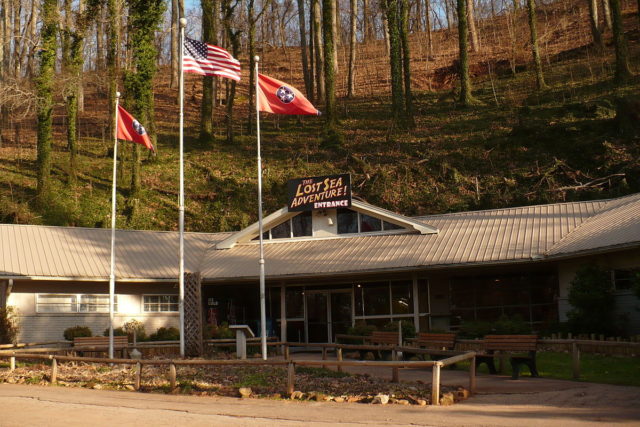
Craighead Caverns was added to the National Park Service list of National Natural Landmarks in 1974 and it is listed in the Guinness Book of World Records as America’s largest underground lake. The wonder is still heavily visited today and the unexplored deeps remain a challenge for adventurers.
